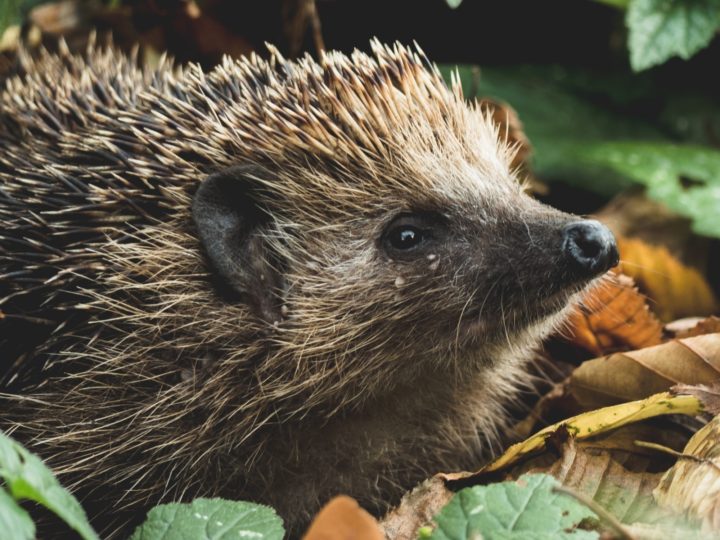How to make your garden hedgehog friendly
It’s hedgehog awareness week so there’s no better time to make some simple changes to your garden to help Britain’s only native spiny mammal thrive.
Posted on 7th May 2021
Unfortunately, hedgehogs are under threat, with fewer than a million thought to be left in the UK. They face many threats in today’s world, including being run over, ingesting poison from slug pellets and being burnt alive when they hibernate in bonfire stacks.
But the good news is that it takes little effort to make a hedgehog haven in your garden – even if you just do one of these things it will make a huge difference to the humble hedgehog.
Essex Country Park rangers, Tom Heenan and Laura Howles, have helped us put together some tips.
Here are our top tips on how to make your garden Hedgehog friendly:
1. Improve your gardens access with a ‘hedgehog highway’
Spring is a busy time for hedgehogs - they’re not just hunting for food, but for mates as well. Their mating season typically begins in May, so it’s vitally important that hedgehogs can safely seek out fellow ‘hoggies’. To ensure that hedgehogs can freely travel through your garden, cut a 5 x 5 inch hole (13x13cm) in the bottom of your fences. (But it’s probably best to get your neighbours’ permission before getting to work! You don’t need to worry about access if you have hedges, as hedgehogs can crawl under them).
2. Create shelter in your garden
You could leave a corner of your garden to get a bit messier or create a log pile – either of these will do the trick and provide hedgehogs with both shelter and a food source. Alternatively, ready made hedgehog homes are available to buy online.
3. Check areas carefully before mowing/strimming or clearing
Just in case there are hedgehogs hiding inside! Also check compost areas before digging with a fork.
4. Provide food
The best food for hedgehogs is their natural food – slugs, caterpillars, worms and beetles. So the best way to feed them is to encourage creepy crawlies to thrive in your garden – plant a variety of native flowers, shrubs and trees, leave an ‘untidy’ patch with leaves, sticks and stones, and avoid pesticides where possible. Hedgehogs will also be very thirsty, so if you can, leave out a shallow dish of fresh water. This will need to be topped up and cleaned on a regular basis.
5. Go chemical free
Weed killer and pesticides can make hedgehogs ill and reduce their food sources.

Tagged with
Related blogs

Celebrate 4 tremendous trees at Essex Country Parks
This National Tree Week we are celebrating some of the significant and stunning trees at the Essex Country Parks.
Posted on 18th November 2025
Read article
Celebrate World Photography Day with photographer Andrew Adams
To celebrate World Photography Day (Tuesday 19 August) we speak to Essex photographer Andrew Adams who explains why the changing seasons and summer inspire him.
Posted on 30th July 2025
Read article
Essex Country Parks: Restoring Landscapes and Habitats for the Future
An ambitious programme of landscape restoration is taking place at the Essex Country Parks to boost biodiversity and strengthen habitats for rare, declining and protected species for the future.
Posted on 21st July 2025
Read article